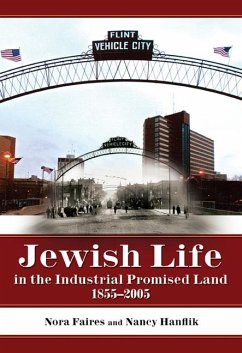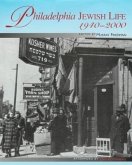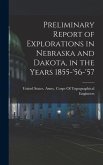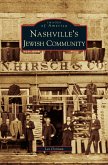Jewish Life in the Industrial Promised Land, 1855-2005 combines an examination of the evolution of a small ethnic and religious community with analysis of the dramatic rise and decline of an industrial boomtown. In both popular accounts and scholarly writing, Flint has become an icon of manufacturing production become rustbelt ruin. As this book shows, even during Flint's vaunted postwar "golden age," Jews participated in the good life of consumer abundance but remained outside the city's major industry of automaking and absent from its most important corridors of power. Throughout the twentieth century, most Jewish families in this General Motors town worked as storekeepers, entrepreneurs, and professionals. They carved out niches in the interstices of a political economy over which, like the autoworkers who were their customers and clients, they had little control but upon which their economic fortunes depended. When General Motors began slashing jobs in the mid 1970s, Flint's Jewish families consequently suffered along with other city residents, both black and white. Flint Jewry thus was forged in an economic boom, but has seen that white-hot prosperity turn to ash, as the city has become America's poster town for deindustrialization. Jewish Life in the Industrial Promised Land provides a window on the religious, social, and community structures created by Jews in this turbulent environment. It traces a community comprised of multiple migrant strands. It sees Flint Jewry as part of a global diaspora during decades of tumult, destruction, and international realignment. The study is intended to stir memories and imagination, engage and enlighten, and explicate key aspects of theevolution of twentieth-century American society and culture, while paying close attention to the voices of those whose story it tells.
Bitte wählen Sie Ihr Anliegen aus.
Rechnungen
Retourenschein anfordern
Bestellstatus
Storno








